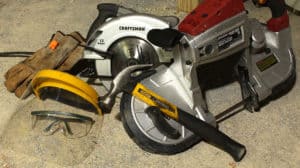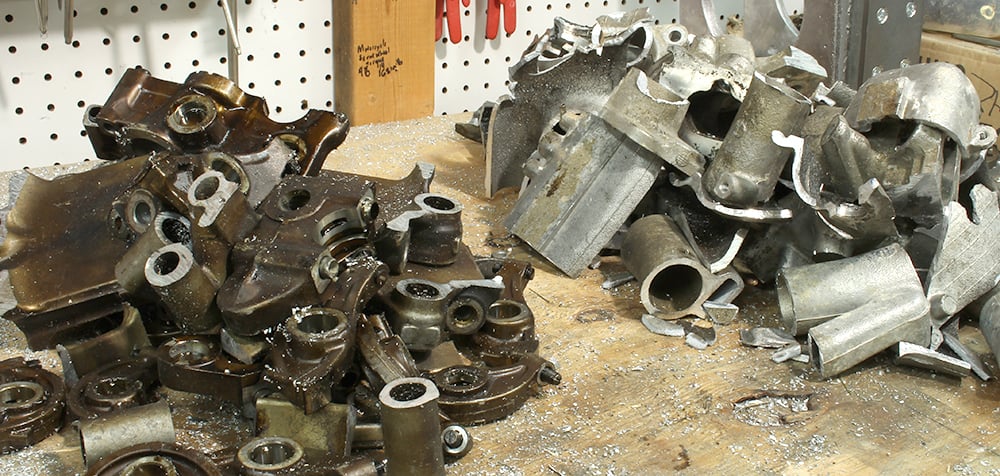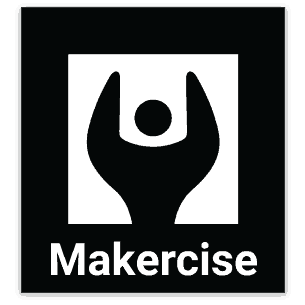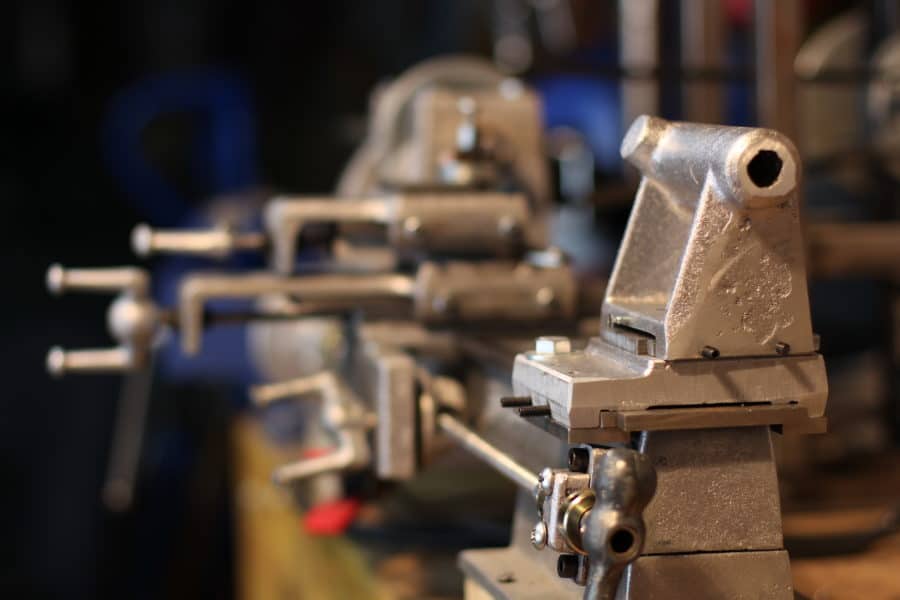Killer Efficiency Scrapping Aluminum
Your aluminum foundry operation should be efficient. Optimizing your feedstock pipeline is critical to profitable casting regardless the size of your foundry. Don’t let your process rob you of time or money. If you process scrap aluminum, you need to use the steps below to instantly improve your foundry’s efficiency.
I go into detail below, but here are the five most profitable areas to focus on:
- Eliminate poor quality scrap
- Focus on desirable scrap
- Keep end product in mind
- Use the right tools
- Identify and segregate your scrap
This post contains affiliate link. I make money if you use these links to buy things.
Eliminating scrap is at the top of my list for a reason. It is the most important thing for efficiency. Whether you are a hobby foundry or a production operation, the alloy you select has a massive bearing on the success of not only casting but the finished product. Be discerning about what you feed your foundry. Items like beverage cans, extrusions, trays, and foils seem to offer savings, but if you want efficiency in your foundry, steer clear.
 Focus on desirable scrap after eliminating the chaff.A general rule is that scrap that was previously sand or die cast will be acceptable. When casting in sand, ideally stick with complementary alloys like A356 and A383.
Focus on desirable scrap after eliminating the chaff.A general rule is that scrap that was previously sand or die cast will be acceptable. When casting in sand, ideally stick with complementary alloys like A356 and A383.
 How do you know what alloy your scrap contains? You can look at the surface finish to roughly gauge good feedstock. If it looks like sand texture, good to go. Another way is by researching the source. Having an ’88 Honda SI Intake manifold and performing a bit of research will reveal that the part was cast from A356 alloy. Limiting your scrap to known sources will give you confidence about the alloy. You will be more efficient because you won’t waste time on undesirable alloys. The alloy composition will change as you skim dross, but keeping the feedstock as consistent as possible will improve your results.
How do you know what alloy your scrap contains? You can look at the surface finish to roughly gauge good feedstock. If it looks like sand texture, good to go. Another way is by researching the source. Having an ’88 Honda SI Intake manifold and performing a bit of research will reveal that the part was cast from A356 alloy. Limiting your scrap to known sources will give you confidence about the alloy. You will be more efficient because you won’t waste time on undesirable alloys. The alloy composition will change as you skim dross, but keeping the feedstock as consistent as possible will improve your results.
Keep the end product in mind. You will need to melt the feedstock down for casting. If it wont fit in your crucible, it hasn’t been processed. I even go so far as to keep a crucible handy for sizing. I make sure the pieces are small enough so they don’t expand and crack the crucible. If you are planning on making ingots, you need to process the scrap in like batches to keep the alloy consistent.

Use the right tools, and use the tools right. Understand how to use your tools safely. Be especially vigilant of kickback when using the circular saw. The most important tools are your PPE. Failing to use these tools appropriately can be an efficiency killer not to mention a maker maimer. I use leather gloves, safety glasses, a full face shield, and ear plugs.
I use a combination of a circular saw, a portable bandsaw, a hammer, and a vise to break down my scrap. I recommend a course tooth count, for instance a 24 tooth 7-1/4″ circular saw blade worked well for me. Fixturing the work securely will really help your efficiency hence a 6″ vise minimum.

The circular saw is fast, but use extreme caution especially if you manually retract the blade guard. Steer clear of steel posts and inserts. A portable bandsaw can help in some of the harder to reach nooks and crannies. When those two tools are exhausted, a hammer is often enough to break the last pieces up.
Sort your scrap. Working into a pile of desirable scrap in a batch can really improve your efficiency, but be sure to segregate it based on the alloy. At a minimum sort smooth die cast alloy from sand cast alloy. If you have better knowledge of the alloy, I recommend sorting to the level known. You put in the effort to make feedstock, finish strong by keeping it organized and making it a snap to find when you need it.
 These steps are building blocks in an efficient foundries scrap supply chain. Make your foundry more efficient by eliminating low quality scrap, focusing on desirable scrap, keeping the end product in mind, using the right tools, and sorting your scrap. Take a look at my video on the subject.
These steps are building blocks in an efficient foundries scrap supply chain. Make your foundry more efficient by eliminating low quality scrap, focusing on desirable scrap, keeping the end product in mind, using the right tools, and sorting your scrap. Take a look at my video on the subject.



I believe I read that heating the scrap in a wood fire first will weaken it a make it easier to break up.
You are absolutely right. In fact, I used that exact technique to break down the scrap that I used for my lathe project and the first couple castings on the shaper project. I probably need to do a post on the technique.